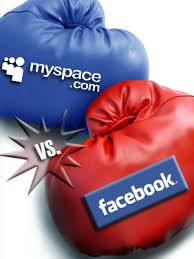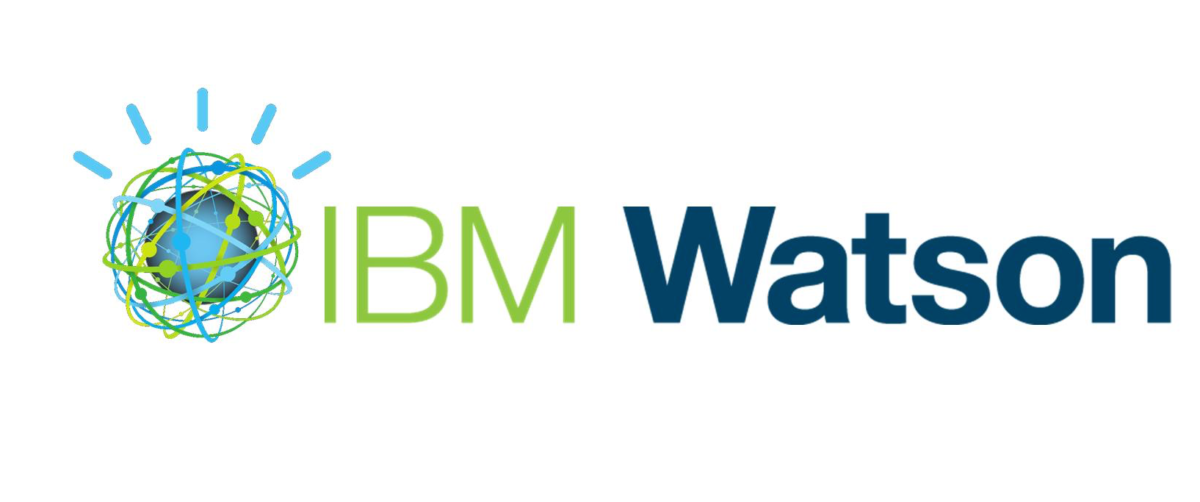The Marketing Association EUR (MAEUR) is a study association active at the Erasmus University Rotterdam that organizes events for marketing minded students. Aside from the main events which are organized by the committees of the association, the MAEUR also organizes guest lectures for the ESE and RSM and interfaculty social events with other study associations.
The main goal of the MAEUR is to enable marketing minded students to develop themselves in socializing, learning and networking, the three pillars of the association. Next to that the MAEUR wants to be a platform where students and the business world can connect with each other. The Marketing Association wants to facilitate students to make the next step, finding a job, internship or a traineeship and offer companies the best marketing minded students of the Erasmus University Rotterdam.
Based on several interviews with the president, vice president, the marketing coordinator and the career coordinator of the MAEUR board, Mr. Luijten, Ms. van Klooster and Ms. de Winter and Ms. Ernest several IT problems were brought to the table regarding the current website, CRM system, and the member database.
In order to create an efficiently working IT system for the MAEUR, we recommend using an all-in-one solution that manages the website, CRM system, and membership database altogether. Integrated software systems are increasingly popular, to enhance the efficiency of doing business both in time and in costs. An integrated system minimizes or eliminates boundaries between components of the business environment (i.e., systems, applications, media). (Brady et al., 2005)
In conclusion, we developed the following managerial recommendations for the board;
- A project team should be composed of students and one IT specialist. The MAEUR should use its student network to select a few motivated and IT-orientated students. These relatively cheap team members should be accompanied with an IT specialist who will lead the team during the project.
- The project should be divided into different and clearly defined stages. By dividing the designing, developing and implementing phases of the project in smaller and specifically defined stages, supervisors can easily keep track of the progress of the project. When a problem arises during an early stage of the project, this will be noticed right away.
- A development method should be used which involves the most important stakeholders. The MAEUR should be organizing regular meetings with these stakeholders. They should be involved in the evaluation of the stages mentioned in the previous recommendation. This way, the feedback of the shareholders can be used and their expectations can be managed
- Make sure the integrated platform is stable and has a very low downtime. Implementing the fully integrated platform will increase the dependency of MAEUR on software. Therefore, downtime should be reduced and the system should frequently make back-ups.
Bibliography
Bonaccorsi, Andrea, and Cristina Rossi. “Why open source software can succeed.” Research policy 32.7 (2003): 1243-1258.
Brady, Tim, Andrew Davies, and David M. Gann. “Creating value by delivering integrated solutions.” International Journal of Project Management 23.5 (2005): 360-365.




